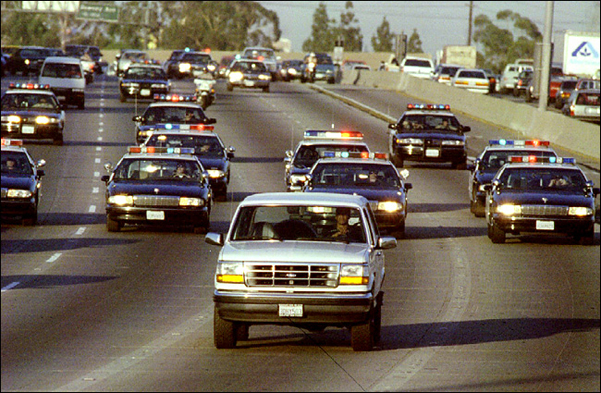
There are certain rare days in your life when something so significant and so historical happens that you can never forget where you were when they took place. My mother has told me countless times that she was in her 3rd grade classroom on November 22, 1963 when she received the news that President John F. Kennedy had just been assassinated. As much as I try to dismiss it, I will never shake the haunting visuals of watching the Twin Towers collapse on September 11, 2001 from my friend’s house during 4th period lunch in 10th grade. While these two unforgettable occurrences were marked by tragedy and threw our country into a state of crisis, the day that I remember most clearly from my childhood centered more around my first true love in this world: sports. June 17, 1994 was a day of particular importance to New York sports fans like myself as the Rangers celebrated their first Stanley Cup victory in 54 years and the Patrick Ewing-led Knicks desperately pursued a long evasive championship in the Garden as they went to war with the Houston Rockets. Outside of the Big Apple Arnold Palmer played his last round at a U.S. Open, in Oakmont, Pennsylvania, the FIFA World Cup kicked off in Chicago, and then-director of the Major League Baseball Players Association Donald Fehr stared down the baseball owners in the midst of a bitter lockout. Even with all the story lines of the sports community, the arena culture paled in comparison to the drama that unfolded as O.J. Simpson lead America on a slow speed chase in a white Ford Bronco around Los Angeles. At the risk of spoiling tonight’s special, I will stop here and just encourage you all to tune into ESPN’s “30 for 30” documentary: “June 17, 1994” tonight at 10 PM ET. Check out a preview video and a word from director Brett Morgen after the jump.

Director Brett Morgan’s statement on “June 17, 1994”:
Growing up in L.A., I was a diehard USC football fan. In fact, my family’s house in Brentwood was about a block from O.J.’s house, and I went to school with his kids. Because that story hit so close to home for me, I had to think twice about getting involved with this documentary. But I’ve done a handful of sports-related projects, and the thing about sports is that there’s a natural dramatic arc to the stories that makes them appealing for filmmakers, particularly documentary filmmakers. A lot of times when you’re doing a documentary, you’re not sure where the story’s going, or if a story’s even going to emerge. But when you’re dealing with sports, you’re generally guaranteed that there’s going to be something to hang your hat on. Sports become this great window into our own psyche. They’re a metaphor for life, and when you have this many emotions wrapped into one day, as we do on June 17, 1994, it’s the ultimate metaphor. From the triumph of the New York Rangers’ ticker tape parade, to the lowest of lows with O.J. Simpson, to the cycle of life represented by Arnold Palmer playing his final round in a U.S. Open, it’s an opportunity to tell the story of this one day, and in doing so, to look at the soul of America.
In the historical documentaries I’ve done, rather than use traditional journalistic reportage, I try to tell the story in a visceral way. Instead of relying on interviews, I allow the images to tell the story. Given the great wealth of material that exists on this particular day, it seemed like a perfect canvas for me to operate from. Everything that’s great about sports and everything that’s dirty about sports, everything we celebrate and everything we shy away from, happened on that one day. There are so many iconic images from that day, but what I’m hoping to do is get all the original camera masters, find the ones that weren’t as iconic—the moments that happened on the periphery of those visuals—and breathe new life into the stories.
